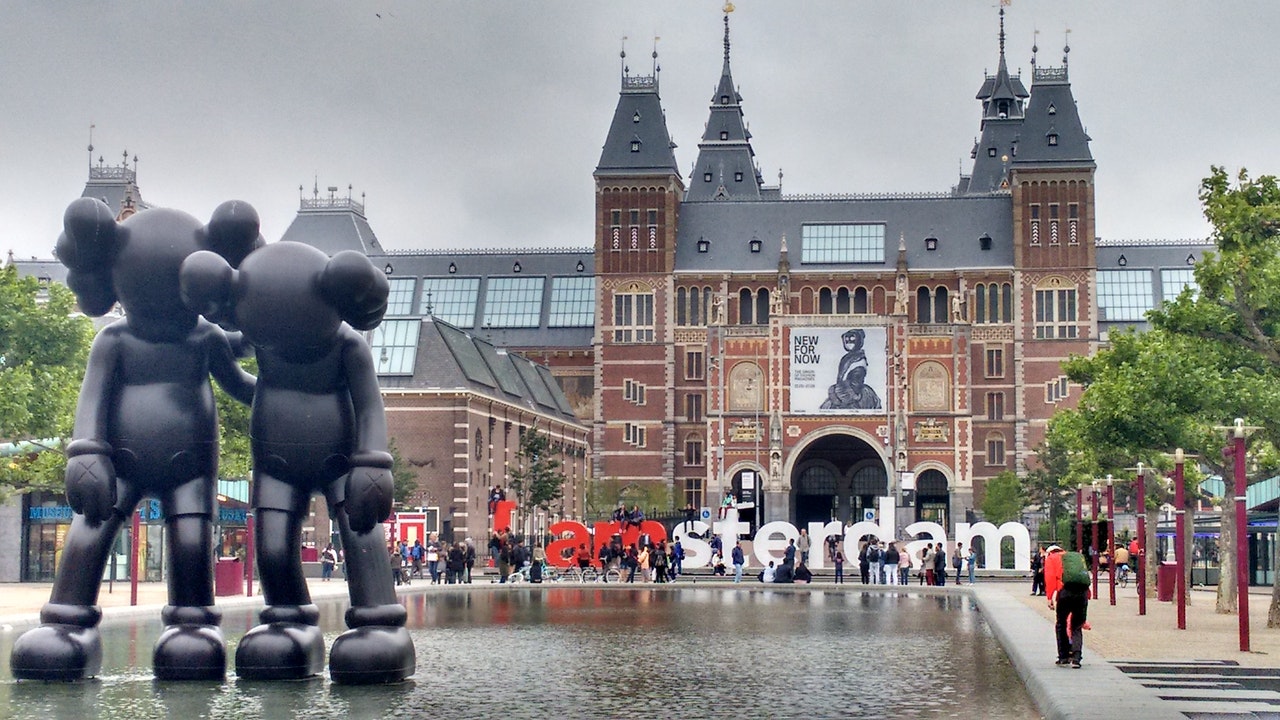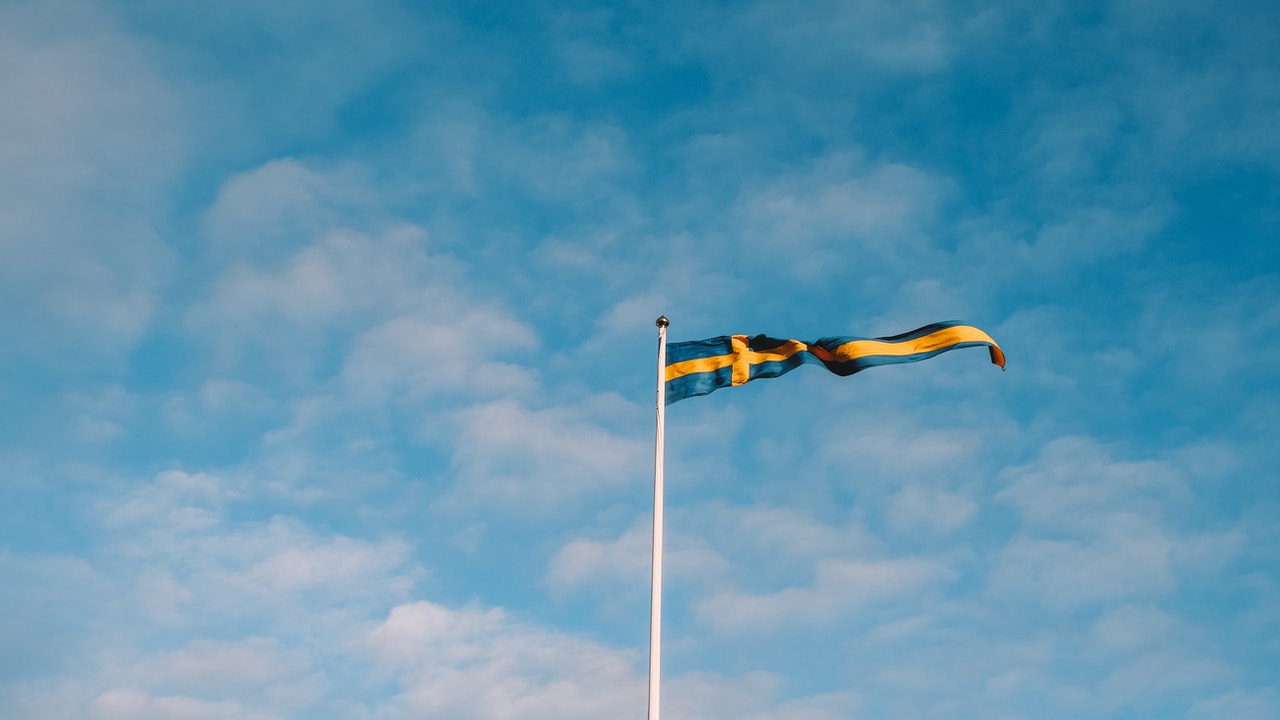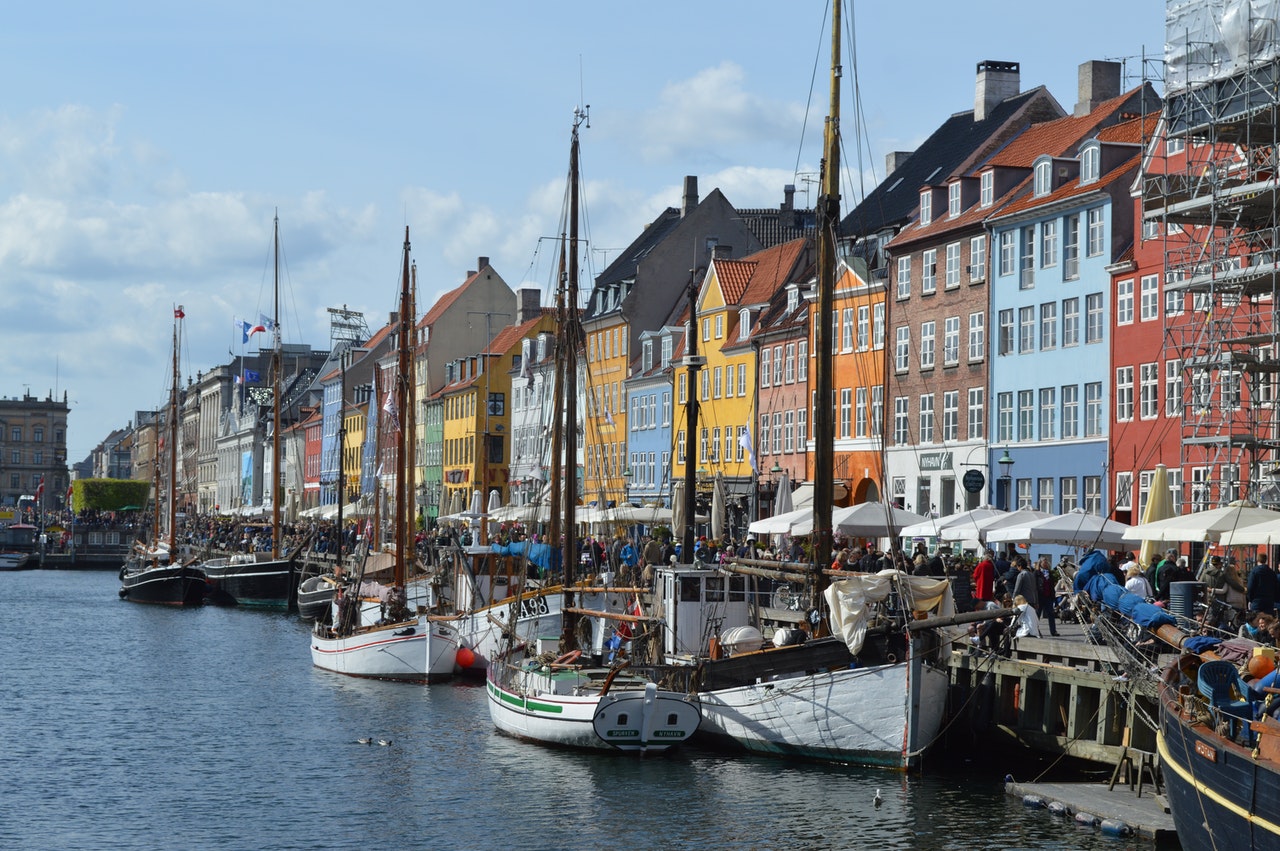Should I Learn an Easy Langauge and Then a Hard Langauge

Learning a new language can open up a whole world of exciting new experiences and opportunities, from connecting with a variety of people and cultures to advancing your career to studying and working abroad.
But with so many different languages to choose from, how do you decide which one to spend your time mastering?
Although every foreign language comes with its own unique set of challenges, the reality is that some languages will simply be easier for fluent English speakers to become proficient in.
Why? Languages that are more closely related to English share certain qualities and characteristics that make them easier for English speakers to pick up. This includes things like sentence structure, vocabulary, tones and sounds, and writing system.
So, how easy or difficult a language might be for you to learn will depend not only on the language itself, but also on which languages you're already fluent in, or at least familiar with. Remember, how long it will take you to learn a language is influenced by many different factors.
Want to know which languages you have the best chance of mastering quickly?
Here are 15 of the easiest languages for English speakers to learn. However, you can use this as ageneral guide. We've used data from the Foreign Service Institute (FSI) to rank them from the easier to the somewhat more challenging.
1. Frisian
Frisian is thought to be one of the languages most closely related to English, and therefore also the easiest for English-speakers to pick up. Frisian was once the primary language of what during the Middle Ages was known as Frisia. Although Frisia no longer exists, Frisian, which actually consists of three main dialects, is still in use in parts of the Netherlands and Germany.
English and Frisian share many similarities in terms of sentence structure and vocabulary. For instance, "Good morning," translates to "Goeie moarn" in the West Frisian dialect.
Unfortunately, since Frisian is only spoken and understood by about 500,000 people, there's little reason to learn it, unless you intend to relocate to the Dutch province of Friesland or Germany's Saterland or North Frisia regions.
2. Dutch

Dutch, like Frisian, is closely related to English. It shares many similarities with English, especially when it comes to vocabulary. For instance, words like "plastic," "water" and "lamp" are identical in both Dutch and English. The most challenging aspect of this language for English speakers will likely be the pronunciation.
In Belgium, Flemish, which is the dialect spoken in the Flanders region, is actually identical to Dutch. Although there are differences when it comes to pronunciation, vocabulary and idioms, Dutch speakers can quite easily understand Flemish, and vice-versa.
Dutch is spoken by around 24 million people worldwide, and is worth learning if you have plans to live and work in the Netherlands, or one of the other countries where it's an official language, such as Suriname, Aruba or the Dutch Antilles.
3. Norwegian
Like English, Norwegian or "Norsk" is a Germanic language, which makes it easier for English-speakers to learn. It shares quite a bit of vocabulary with English, and unlike some Germanic languages, the pronunciation of most Norwegian words is fairly straightforward.
For the most part, the sentence structure is also quite comparable to English, although not identical. For instance, "He comes from Norway" translates to "Han kommer fra Norge."
Norwegian is spoken by around 5 million people, primarily in Norway. With its roots in Old Norse, it can be a fascinating language to study, and fluency in Norwegian will give you greater access to the country's rich literary culture and mythology.
4. Spanish

Although Spanish is a Romance language rather than a Germanic language, it's fairly easy for English speakers to learn because many English words stem from Latin. Spanish also uses the same alphabet as English, and many of the words are pronounced just as they are spelled.
Another benefit of Spanish for English speakers is that the sentence structure is not only similar to English, but it's also not as strict as it is in English, which means there are often multiple ways a sentence can be put together.
If you're looking to learn a language that will enhance your travel experiences and boost your employability, learning Spanish online is a great choice. It's one of the most widely spoken languages in the world, with around 534 million speakers scattered all around the globe.
5. Portuguese
Portuguese is spoken by around 234 million people around the world. It's the official language of both Portugal and Brazil, as well as six African countries, including Angola, Cape Verde and Mozambique, making it an extremely useful second language to have under your belt.
Like Spanish, Portuguese stems from Latin and uses the same alphabet as the English language, which gives English speakers a slight advantage when learning it.
One thing to keep in mind is that there are some distinct differences between European Portuguese and Brazilian Portuguese. In fact, everything from the pronunciation to the vocabulary may vary, depending on which type of Portuguese you are learning. Which one you should focus on, of course, depends on where and how you intend to use it.
6. Italian

Italian is another Romance language that English-speakers can pick up without too much difficulty. In fact, Italian vocabulary is widely used in English, and you're probably already familiar with more Italian words than you may realise, from those relating to food, such as "gelato" and "panini" to others like "diva," "solo," "finale" or "fiasco."
Italian and English use a similar sentence structure in most cases, and fortunately, the pronunciation is quite logical. This means you'll be able to read and pronounce most words correctly once you have learned a few ground rules.
Italian is the primary language for around 64 million people, and although it's not as widely used as Spanish or Portuguese, it's still spoken in many countries outside of Italy, including in Switzerland, Croatia, Slovenia, and even Argentina.
7. French
French is one of the most widely spoken languages in the world, with around 77 million first-language speakers and 203 million second-language speakers. It's also an official language of 29 countries, including Switzerland, Luxembourg, Seychelles and Rwanda.
Due to its somewhat tricky pronunciation, French can be slightly more challenging to learn than other Romance languages like Spanish and Italian. For instance, "Et tois?" (And you?) is pronounced as "Ay twah" and "Pouvez-vous?" (Can you?) is pronounced as "Poo vay voo"
Even so, French does share many similarities with English, especially when it comes to the vocabulary. This means that once English speakers have had a chance to learn some basic rules, they're usually able to pick it up quite quickly.
8. Swedish

Swedish is spoken by somewhere around 10 million people, and while most of them live in Sweden, a small minority can be found in Finland, where Swedish is also a national language.
Swedish is on the easier side for English speakers to learn, because again, it's a Germanic language. Although the pronunciation may take some time to master, Swedish grammar rules and sentence structure are not overly complicated.
There are, of course, a few trickier aspects to learning this Scandinavian language, such as getting used to its three extra vowels. You'll also need to familiarise yourself with unfamiliar compound words like "jordnötter," which means peanuts, but translates to "dirt nuts," or "kofångare," which means bumper, but translates to "cow catcher."
9. Romanian
Romanian is a language you might not have expected to see on this list. But although the country is surrounded by Slavic-speaking countries, Romanian is actually a Romance language and uses much of the same vocabulary as Italian, Spanish and French.
For example,"La revedere," which is used for saying goodbye, is similar to the Italian "Arrividerci," and the apology "Scuză-mă" is similar to the French "Excusez-moi." It's also a phonetic language, which means most words are spelled the same way they are pronounced.
Of course, there are a few trickier aspects to this language, including grammatical differences and letters with "diacritics." But, overall, Romanian, which is spoken by around 30 million people, primarily in Romania and Moldova, is a surprisingly easy language to learn.
10. Danish

Danish is a Germanic language spoken by around 6 million people, most of whom live in Denmark. Like Norwegian and Swedish, it has fairly straightforward grammar rules and a lot of vocabulary that will be familiar to English speakers.
For example, "Gode tidende" sounds a lot like "Good tidings," and the word "dyre," which means "expensive," is similar to the word "dear," which is used in English when something is considered too pricey. Because of its more challenging pronunciation, however, Danish isn't the easiest Scandinavian language to learn.
Even so, if you plan to stay in Denmark for a longer period of time, learning the local language is simply the best way to fully immerse yourself in the country's unique culture and form deeper connections.
11. German
German is, as the name suggests, a Germanic language. It shares many similarities with English, including a common alphabet, comparable sentence structure and familiar vocabulary. For example, everyday German words like "Wasser," (water) "Apfel," (apple) and "Fisch" (fish) are very similar to their English equivalents.
One aspect of German that English-speakers do tend to struggle with is the pronunciation, especially when it comes to longer compound words like "Fremdschämen" (cringe) or ""Verschlimmbessern" (to worsen or exacerbate).
But while German might not be quite as easy for English-speakers to grasp as Dutch or Norwegian, it is an extremely useful language to learn, as it's spoken by more than 100 million people throughout Central Europe, including in Austria, Switzerland and Luxembourg.
12. Indonesian

Indonesian is one of the most widely spoken languages in the world, with over 40 million native speakers and more than 150 million non-native speakers. As an Austronesian language, Indonesian does differ quite a bit from the Germanic and Romance languages on this list, but it's actually surprisingly straightforward for English-speakers to learn.
This is partly down to the fact that Indonesian is a phonetic language, which means words are spelled as they sound. Indonesian sentence structure is also similar to English and its grammatical rules are fairly simple.
For instance, to change a singular word to plural, all you have to do is repeat the word or add an extra one. So "child" is "anak" and "children" is "anak-anak." Easy right?
13. Malay
Malay is spoken by more than 200 million people throughout Southeast Asia. Like Indonesian, it's an Austronesian language. In fact, it shares many similarities with Indonesian due to the fact that a similar variety of the language is used in Indonesia, Brunei and Singapore.
But, although Malay and Indonesian speakers can generally understand each other, there are some differences in terms of spelling, pronunciation, and vocabulary, with Malay based more on loanwords from English, and Indonesian having more loanwords from Dutch.
Malay is widely considered to be one of the easiest Asian languages to learn, because its grammatical rules are simple and it's easy to pronounce. Of course, as with any language, there will be lots of new vocabulary to learn, but if you need to spend any amount of time in Southeast Asia, it's an excellent second language to have under your belt.
14. Swahili

Swahili is a Bantu language and another very useful second language to have, as it's widely used in East Africa, including in Kenya, Uganda, Rwanda and Tanzania. Although estimates vary greatly, Swahili is thought to be spoken as a native language by around 16 million people, and as a second language by up to 80 million people.
In fact, if you've watched the Disney classic "The Lion King" you'll already be familiar with a number of Swahili words such as "rafiki" (friend) and "simba" (lion). "The pronunciation of most Swahili words is fairly easy, and many are very similar to their English equivalent. For instance, "polisi" is "police" and "baiskeli" is "bicycle."
There are also some key differences, of course, but if you're looking to gain fluency in one or more African languages, Swahili is an excellent one to start with.
15. Filipino Tagalog
Filipino Tagalog is one of the official languages of the Philippines and another Austronesian language. On one hand, it's not an overly complicated language to learn, as the pronunciation isn't difficult, and much of its vocabulary is borrowed from other languages, including English, Spanish and Malay.
On the other hand, the sentence structure and verb focus of Tagalog is quite different to that of English, which makes it the most challenging language on this list. But, as with many foreign languages, it's often simply a matter of getting some practice in.
With Tagalog spoken as a native language by around 45 million people, learning it or at least some of the basics, will make your stay in the Philippines a lot easier.
So there you have it, the 15 easiest languages for English speakers to learn. If you're thinking of investing some time into learning a new language, why not take a look at some of the language courses offered by Berlitz?
Too easy for you and looking for something more challenging? Don't worry, we've got you covered with our top 15 hardest languages to learn for English speakers.
Source: https://www.berlitz.com/blog/easiest-languages-to-learn-for-english-speakers
0 Response to "Should I Learn an Easy Langauge and Then a Hard Langauge"
Postar um comentário